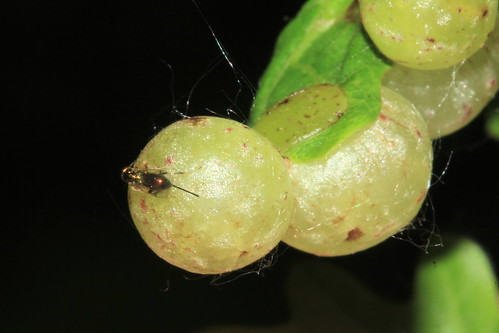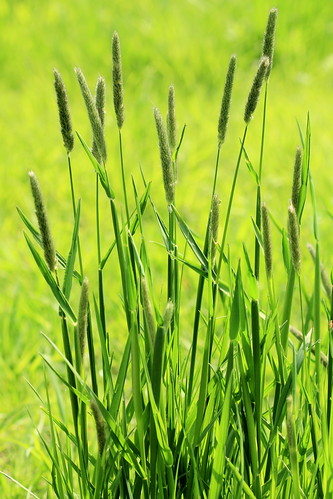Hydrothassa marginella A Chrysomelid - Leaf beetle
Hydrothassa marginella - A Chrysomelid Leaf Beetle
Description
A very distinctive beetle, mainly black but with orange margins on the elytra and pronotum.
Life cycle
Larva feed on various members of the Buttercup family.
Habitat
Meadows and verges where flowers of the Buttercup family are found
Meadows and verges where flowers of the Buttercup family are found
National Distribution Please Allow Time to Load
.
VC 63 Distribution Please Allow Time to Load

































